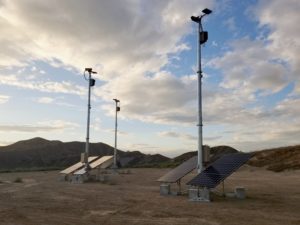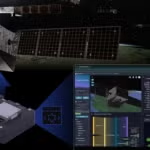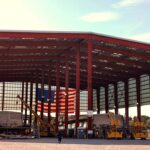
SAN ANTONIO—A small division of Customs and Border Protection (CBP) that works to leverage private sector technology investments for commercial applications that can meet the needs of front-line officers is searching for capabilities that add autonomy to solutions, data-related communications in austere environments, low-cost sensors, and monitor human health, an official with the agency’s innovation office said in late March. Regardless of the technology, the key message to industry is “agent first, agent always and make these things work,” Joshua…

 By
By 











